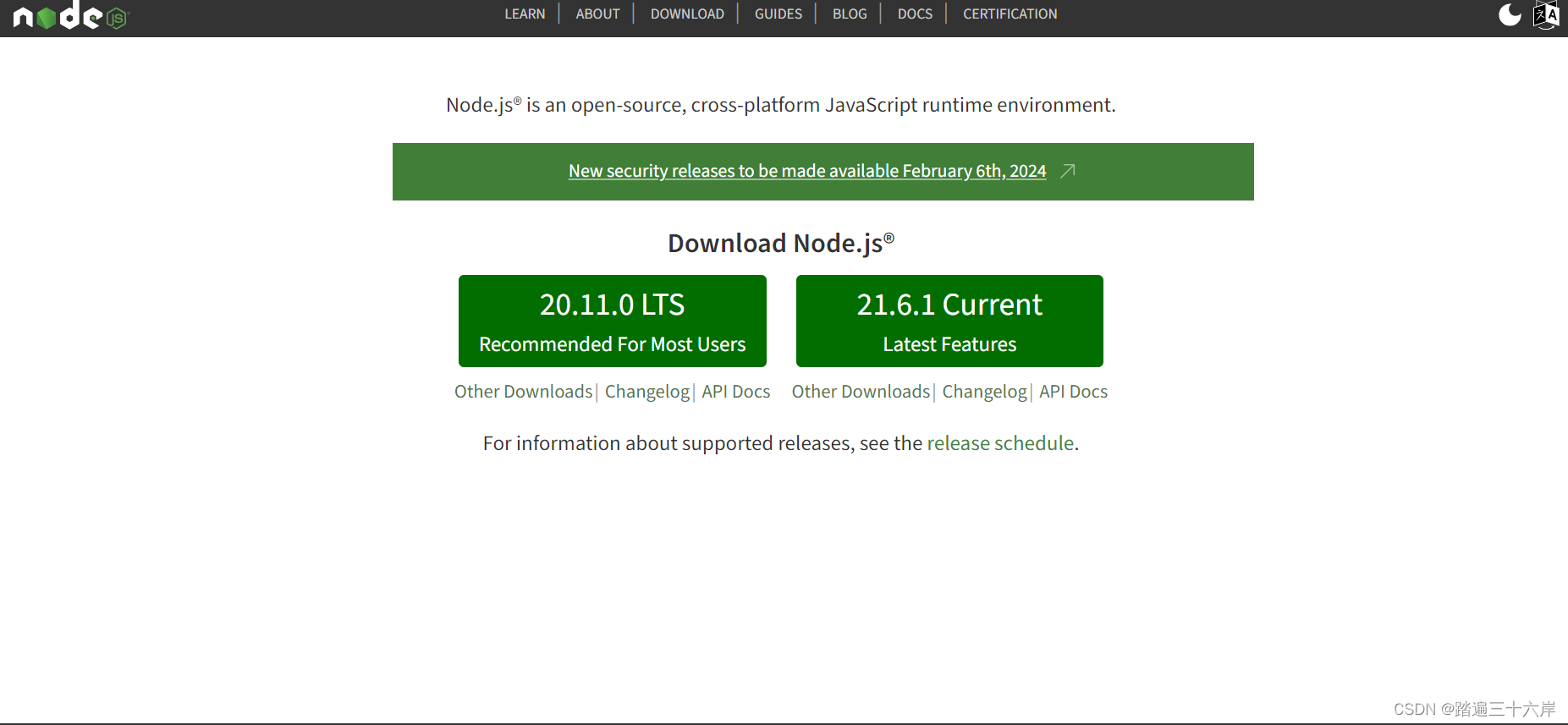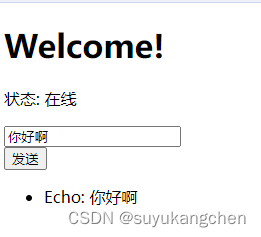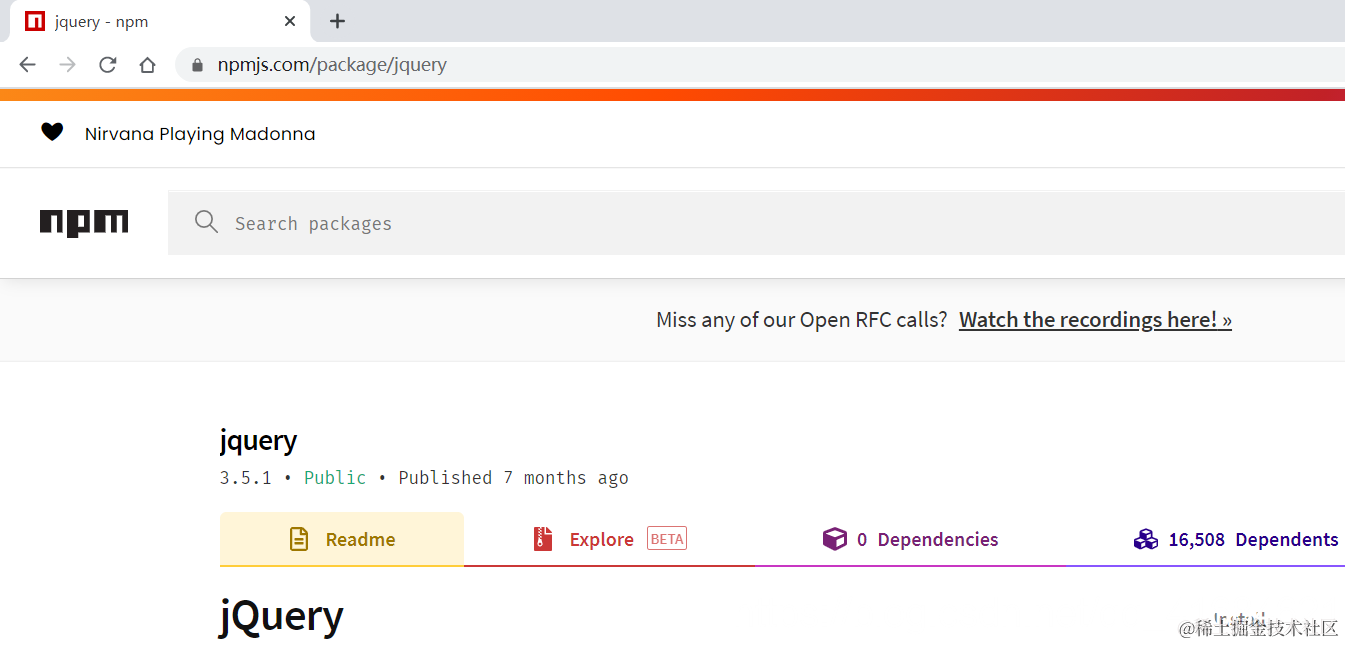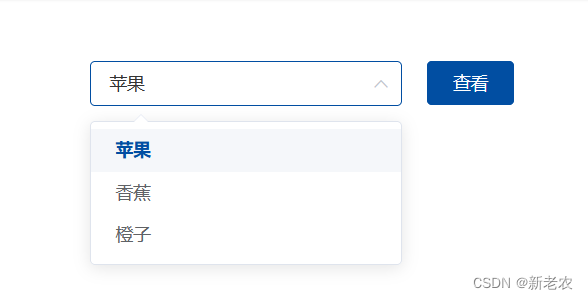总结
递归处理后端响应的菜单树,后依次通过addRoute方法往静态父路由,添加动态子路由,添加完使用el-menu渲染并添加router属性实现路由菜单模式
addRoute:https://router.vuejs.org/zh/api/interfaces/Router.html#Methods-addRoute
后端数据库树菜单:

一、步骤
1.编写静态路由
编写router.js
//静态路由配置文件
// eslint-disable-next-line no-unused-vars
import Router from "vue-router"
// eslint-disable-next-line no-unused-vars
import Vue from "vue"
//在Vue中加载路由模块
Vue.use(Router)
//写路由表
// eslint-disable-next-line no-unused-vars
// const Foo = { template: '<div>foo</div>' }
const routes = [
// 进入vue项目默认进入登录页面
{
path: "/",
redirect: "/Login"
},
{
path: "/Login",
component: () => import("../view/Login"),
meta: {
skipAuthCheck: true // 添加一个标记,表示不需要进行身份验证检查
}
},
{
path: "/index",
name: 'index',
component: () => import("../components/index"),
children: [
// 默认显示hello页面
{
path: "/",
redirect: "/hello"
},
{
path: "/hello",
meta: { requiresAuth: true },
component: () => import("../components/hello"),
},
],
},
]
export default new Router({
routes
});
// 防止连续点击多次路由报错
let routerPush = Router.prototype.push;
let routerReplace = Router.prototype.replace;
// push
Router.prototype.push = function push(location) {
return routerPush.call(this, location).catch(err => err)
}
// replace
Router.prototype.replace = function push(location) {
return routerReplace.call(this, location).catch(err => err)
}
main.js注册
import Vue from 'vue'
import App from './App.vue'
//引入一个router模块
import router from "@/router/router"
import routers from "@/router/permissions"
import element from 'element-ui';
import axiosInstance from '@/request/request'
import { createPinia } from 'pinia';
import 'element-ui/lib/theme-chalk/index.css';
// 在生产环境中禁用警告信息和启用构建优化
Vue.config.productionTip = false
// 将 Axios 实例添加到 Vue 原型中,以便在组件中使用
// Vue.prototype.axios axios便在组件中使用如:this.$axios
Vue.prototype.axios = axiosInstance
const pinia = createPinia();
Vue.use(pinia)
Vue.use(element)
new Vue({
router,
routers,
render: h => h(App),
}).$mount('#app')
2.编写permisstions.js权限文件
编写permisstions.js
// 导入默认导出的路由对象用于跳转路由
// import router from '@/router/router';
//导入路由表
import routers from "@/router/router"
//路由配置文件
import { tokenStore } from "@/store/store"
// 全局前置守卫
// to当前即将要进入的路由对象
routers.beforeEach((to, from, next) => {
//如果当前的访问的请求是Login放行
if (to.path === '/Login') {
next();
}
else {
//其余访问请求判断用户是否登录
if (!isLoggedIn()) {
console.log("抱歉你未登录");
next('/Login'); // 如果用户未登录,则重定向到登录页面
} else {
// console.log(to);
next();
}
}
})
//登录验证函数
function isLoggedIn() {
console.log("进入路由守卫");
// 在这里实现检查用户是否已登录的逻辑,例如检查是否有有效的令牌或会话
// 如果已登录,返回true,否则返回false
const jwtToken = sessionStorage.getItem('jwtToken'); // 从本地缓存中获取会话信息
// console.log(jwtToken);
let userId = sessionStorage.getItem('user_name_id');
//userId存在获取动态路由信息
if (userId && jwtToken) {
// if (tokenStore().flag) {
tokenStore().getRouters(userId).then(
(res) => {
if (res.status == 201) {
// console.log(res.data);
//动态路由源信息
let r = res.data;
// 过滤动态路由菜单
let menu = fnAddDynamicMenuRoutes(r)
console.log(menu);
menu.forEach(element => {
element.children.forEach(s => {
// console.log(s);
//index为父路由的name属性值 s是需添加的路由
routers.addRoute('index', s);
})
});
// console.log(routers);
// 动态路由得到后修改标记为false表示已执行过无需在执行
tokenStore().flag = false;
// 保存路由到会话
sessionStorage.setItem('menu', JSON.stringify(menu));
}
if (res.status == 501) {
//未获取到动态路由重新登录
routers.push("/Login");
}
}
)
// }
}
return jwtToken && routers; // 如果登录令牌存在,则用户已登录
}
// 用于处理动态菜单数据,将其转为 route 形式
function fnAddDynamicMenuRoutes(menuList = [], routes = []) {
// 用于保存普通路由数据
let temp = []
// 用于保存存在子路由的路由数据
let route = []
// 遍历数据
for (let i = 0; i < menuList.length; i++) {
// 存在子路由,则递归遍历,并返回数据作为 children 保存
if (menuList[i].childMenus && menuList[i].childMenus.length > 0) {
// 获取路由的基本格式
route = getRoute(menuList[i])
// 递归处理子路由数据,并返回,将其作为路由的 childMenus 保存
route.children = fnAddDynamicMenuRoutes(menuList[i].childMenus)
// 保存存在子路由的路由
routes.push(route)
} else {
// 保存普通路由
temp.push(getRoute(menuList[i]))
}
}
// 返回路由结果
return routes.concat(temp)
}
// 返回路由的基本格式
function getRoute(item) {
// 路由基本格式
let route = {
// 路由的路径
path: item.path,
// 路由名
name: item.menuName,
// 路由所在组件 必须有一段已定义好的组件名字
// component: (resolve) => require([`@/layout/Index`], resolve),
component: (resolve) => require([`../components${item.menuUrl}.vue`], resolve),
meta: {
id: item.menuType,
// icon: item.icon
},
// 路由的子路由
children: []
}
// 返回 route
return route
}
export default routers
axios封装的API
store.js状态库
// 导入pinia库
import { defineStore } from 'pinia';
// 导入api
import { login, logOut, getRouters } from '@/request/api/system';
// 导入jwt解析器
import jwtDecode from "jwt-decode";
// 导入默认导出的路由对象用于跳转路由
import router from '@/router/router';
export const tokenStore = defineStore({
id: 'myStore',
state: () => ({
jwtToken: null,
user_name: null,
user_name_id: null,
user_type: null,
menu: null,
}),
actions: {
getRouters(userId) {
return new Promise((resolve) => {
getRouters(userId).then(res => {
console.log(res);
resolve(res)
})
})
},
doLogin(params) {
login(params).then((res) => {
if (res.status == 200) {
const jwtToken = res.data; // 从响应中获取JWT
sessionStorage.setItem('jwtToken', jwtToken);
this.jwtToken = jwtToken; // pinia存储JWT
// 解码JWT令牌以获取载荷信息
const decodedToken = jwtDecode(jwtToken);
console.log(decodedToken);
//访问包含在JWT令牌中的用户信息
//保存用户类型的id便于门诊医生问诊
var user_name_id = decodedToken.user_name_id;
sessionStorage.setItem('user_name_id', user_name_id);
this.user_name_id = user_name_id;
//保存用户类型便于控制导航栏的显示与隐藏
const userType = decodedToken.user_type;
this.user_type =
userType == 1
? "系统管理员"
: userType == 2
? "挂号员"
: "门诊医生";
//跳转到主页
router.push("/index");
}
});
},
LogOut() {
return logOut();
}
},
});
system.js Axios-API
import axiosInstance from "@/request/request"
export function login(data) {
return axiosInstance({
url : "/Login",
method : "POST",
data
})
}
export function logOut() {
return axiosInstance({
url : "/LogOut",
method : "get",
})
}
export function getUserInfo(data) {
return axiosInstance({
url : "/User/select",
method : "post",
data
})
}
export function getRouters(userId) {
return axiosInstance({
url : `/UserTreeInfo${userId}`,
method : "get",
})
}
request.js axios请求实例封装
import axios from 'axios'
import { Message } from 'element-ui'
import {tokenStore} from "@/store/store";
// 创建一个 Axios 实例
const axiosInstance = axios.create({
baseURL: 'http://localhost:8080/qy', // 通用后端 Url 地址
timeout: 5000, // 请求最大等待时间,
headers: { 'Content-Type': 'application/json' },
})
// 添加请求拦截器
axiosInstance.interceptors.request.use(
(config) => {
// 获取请求的URL
const requestUrl = config.url;
console.log(requestUrl);
// console.log(config);
// 提取URL路径部分/qy/Login
// const urlPath = new URL(requestUrl).pathname;
// 如果是post请求将参数data转成json字符串
// 检查请求方法是否为 POST
if (config.method === 'post' || config.method === 'POST') {
// 将请求数据转换为 JSON 字符串
config.data = JSON.stringify(config.data);
}
if (config.method === 'get' || config.method === 'GET') {
config.headers['Content-Type'] = 'x-www-form-urlencoded';
}
// 在请求头中获取令牌信息
const jwtToken = tokenStore().jwtToken // 从pinia中获取令牌
// 检查是否是登录请求,这里假设登录请求的URL是 '/Login'
if (requestUrl !== '/Login' && requestUrl !== '/LogOut') {
console.log(requestUrl);
// 如果不是登录请求,添加令牌到请求头
if (jwtToken) {
config.headers.Authorization = `${jwtToken}`
}
}
return config
},
(error) => {
return Promise.reject(error)
}
)
//添加响应拦截器
axiosInstance.interceptors.response.use((response) => {
var res = response.data
// console.log(res);
// 设置请求状态弹窗提示
if (res.status == 200) {
//请求成功提示
Message.success(res.msg);
}
else if(res.msg === "菜单载入成功") {
return res
}
else {
Message.error(res.msg);
}
// 后端响应Resbody的data数据
return res
},
(error) => {
return Promise.reject(error)
}
)
export default axiosInstance
3.编写菜单树组件
MenuTree.vue
<template>
<div>
<!--
:default-active 一进页面默认显示的页面
unique-opened 保持一个子菜单的打开
router 采用路由模式 菜单上的index就是点击跳转的页面
text-color 菜单文字的颜色
active-text-color 菜单激活后文字的颜色
-->
<el-menu
default-active
background-color="#2b333e"
router
text-color="#fff"
active-text-color="#ffd04b"
>
<template v-for="item in menuData">
<el-submenu
v-if="item.children && item.children.length > 0"
:key="item.id"
:index="item.path"
>
<template slot="title">
<i class="el-icon-menu"></i>
<span>{{ item.name }}</span>
</template>
<!-- 若有子菜单递归渲染 -->
<menu-tree :menuData="item.children" />
</el-submenu>
<el-menu-item v-else :key="item.id" :index="item.path">{{
item.name
}}</el-menu-item>
</template>
</el-menu>
</div>
</template>
<script>
export default {
props: {
menuData: {},
},
name: "MenuTree",
};
</script>
4.主页中使用菜单树组件
<!-- eslint-disable vue/multi-word-component-names -->
<template>
<!-- 整个页面 -->
<div class="index">
<!-- 左导航 -->
<div
class="leftNav"
:style="{
width: leftNavWidth,
visibility: show,
transition: transitionParam,
}"
>
<!-- 标题 -->
<h2 style="color: #fff; margin: 20px 0">青芽在线医疗</h2>
<!-- 动态导航 -->
<!-- {{ menuData }} -->
<menu-tree :menuData="menuData"></menu-tree>
</div>
<!-- 主界面 -->
<div
class="mainSection"
:style="{ width: mainSectionWidth, transition: transitionParam }"
>
<!-- 标题头部 -->
<div class="QYheader">
<span class="el-icon-s-operation" @click="controlWidth"></span>
<span class="QYheaderFont"
><el-button type="primary" @click="LogOut">退出登录</el-button></span
>
<div class="QYheaderRight">
<span class="el-icon-user-solid"></span>
<span class="QYheaderRightFont">{{ user_name }}</span>
</div>
</div>
<!-- 二级路由部分 -->
<div class="QYcontent">
<router-view></router-view>
</div>
<!-- QYcontent -->
</div>
<!-- mainSection -->
</div>
<!-- index -->
</template>
<script>
import { tokenStore } from "@/store/store";
import MenuTree from "../components/MenuTree.vue";
export default {
// eslint-disable-next-line vue/multi-word-component-names
name: "mainSection",
components: {
MenuTree,
},
data() {
return {
menuData: JSON.parse(sessionStorage.getItem("menu")),
tokenStore: tokenStore(),
//接收从Login页传来的登录用户名
user_name: tokenStore().user_name,
//接收从Login页传来的用户类型
user_type: tokenStore().user_type,
//设置导航和主界面默认宽高
leftNavWidth: "16%",
mainSectionWidth: "84%",
show: "visible",
transitionParam: "width 0.5s ease",
};
},
methods: {
//控制导航和主界面的宽和高
controlWidth() {
console.log("已进入控制宽度方法");
this.leftNavWidth = this.leftNavWidth === "16%" ? "0%" : "16%";
//控制左导航的显示与隐藏 同时设置mainSectionWidth的宽和高
if (this.leftNavWidth === "16%") {
this.show = "visible";
this.mainSectionWidth = "84%";
} else if (this.leftNavWidth === "0%") {
this.show = "hidden";
this.mainSectionWidth = "100%";
}
},
LogOut() {
// 删除所有本地缓存包括令牌信息
// localStorage.clear();
this.tokenStore.LogOut().then((res) => {
if (res.status == 200) {
// 删除所有本地缓存包括令牌信息
sessionStorage.clear();
// 重置获取路由的标记
tokenStore.flag = false;
// 跳转到登录页面
this.$router.push({ path: "/Login" });
}
});
// localStorage.removeItem("user_name");
// localStorage.removeItem("user_type");
},
},
};
</script>
<style>
@import url(../css/index.css);
</style>
原文地址:https://blog.csdn.net/qq_58647634/article/details/134668851
本文来自互联网用户投稿,该文观点仅代表作者本人,不代表本站立场。本站仅提供信息存储空间服务,不拥有所有权,不承担相关法律责任。
如若转载,请注明出处:http://www.7code.cn/show_4677.html
如若内容造成侵权/违法违规/事实不符,请联系代码007邮箱:suwngjj01@126.com进行投诉反馈,一经查实,立即删除!
声明:本站所有文章,如无特殊说明或标注,均为本站原创发布。任何个人或组织,在未征得本站同意时,禁止复制、盗用、采集、发布本站内容到任何网站、书籍等各类媒体平台。如若本站内容侵犯了原著者的合法权益,可联系我们进行处理。








